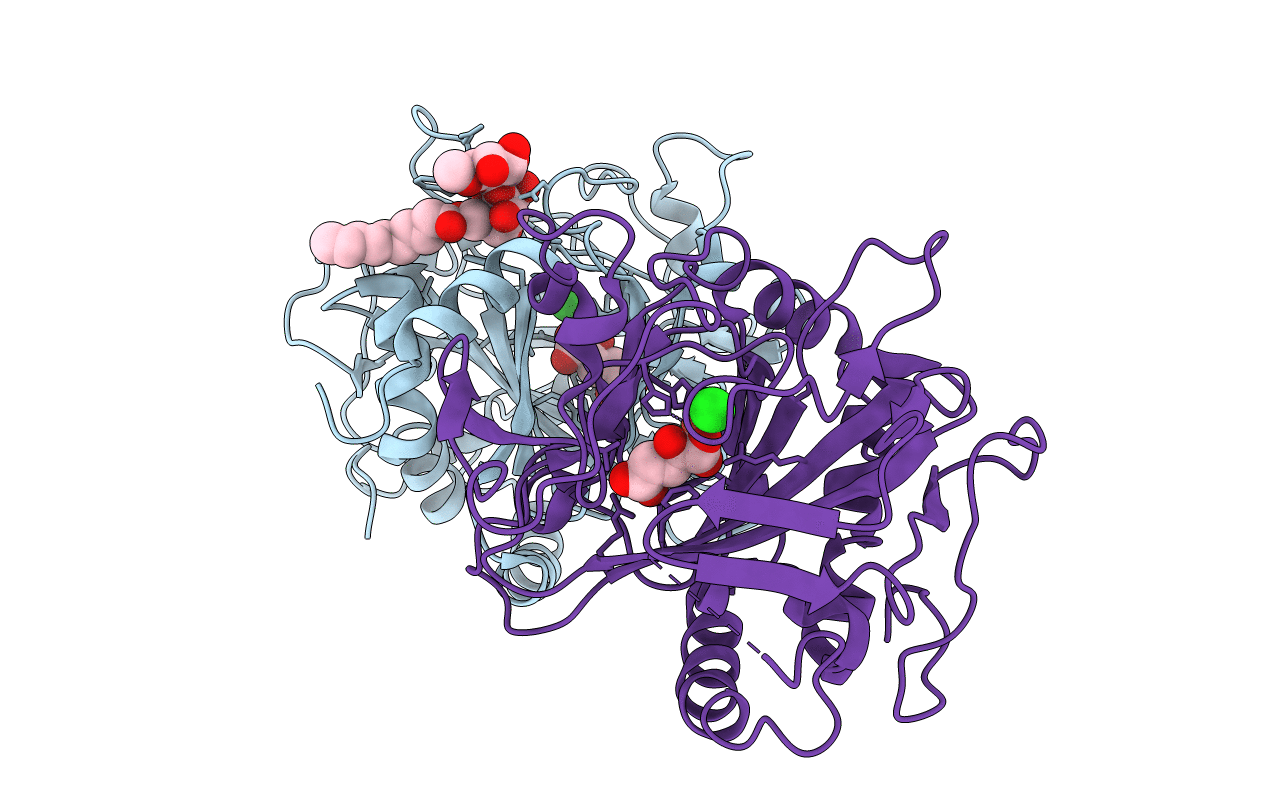
Deposition Date
2005-12-12
Release Date
2006-03-21
Last Version Date
2024-02-14
Entry Detail
PDB ID:
2FCT
Keywords:
Title:
SyrB2 with Fe(II), chloride, and alpha-ketoglutarate
Biological Source:
Source Organism:
Pseudomonas syringae pv. syringae (Taxon ID: 321)
Host Organism:
Method Details:
Experimental Method:
Resolution:
1.60 Å
R-Value Free:
0.20
R-Value Work:
0.17
R-Value Observed:
0.17
Space Group:
P 21 21 21


